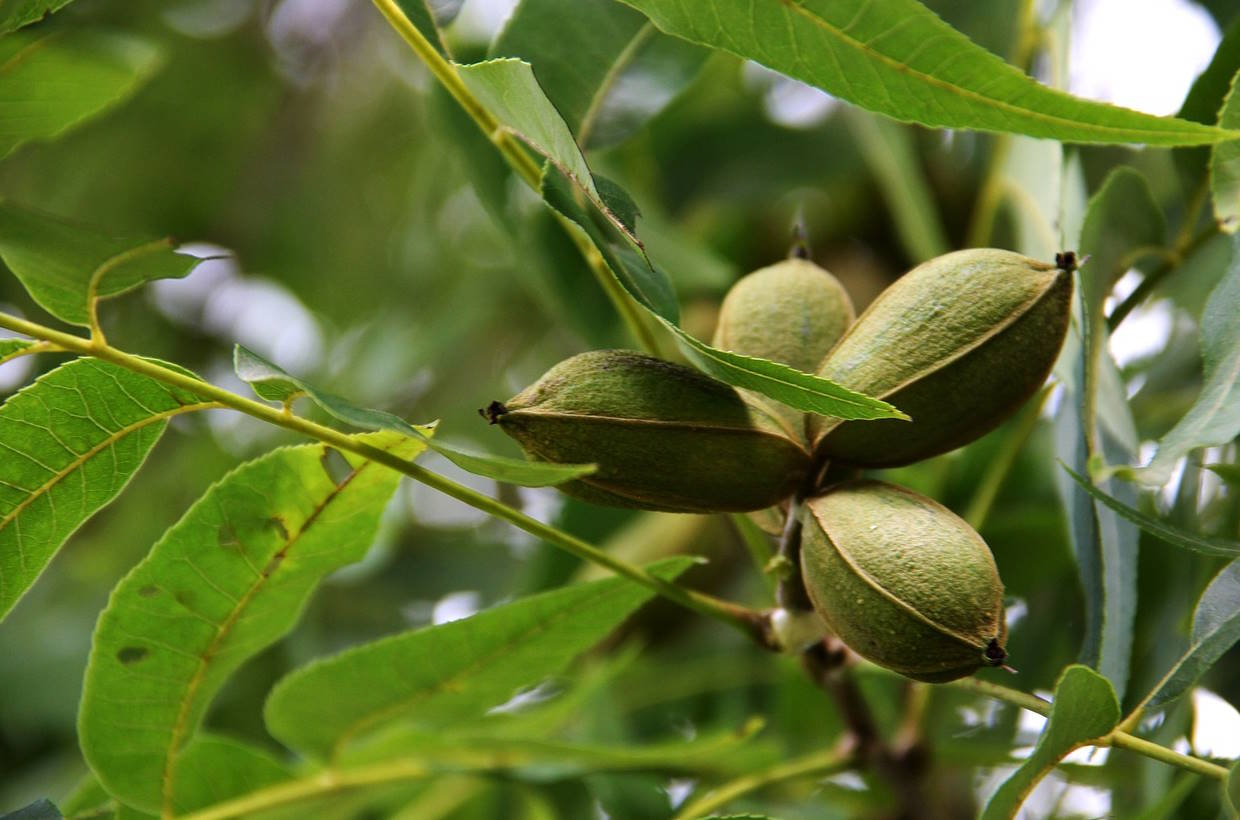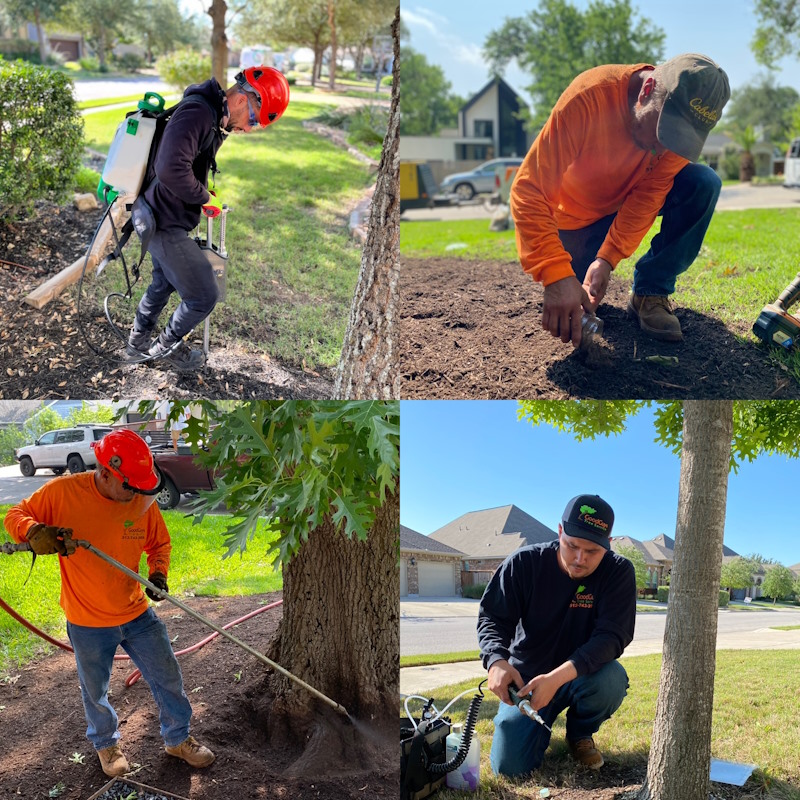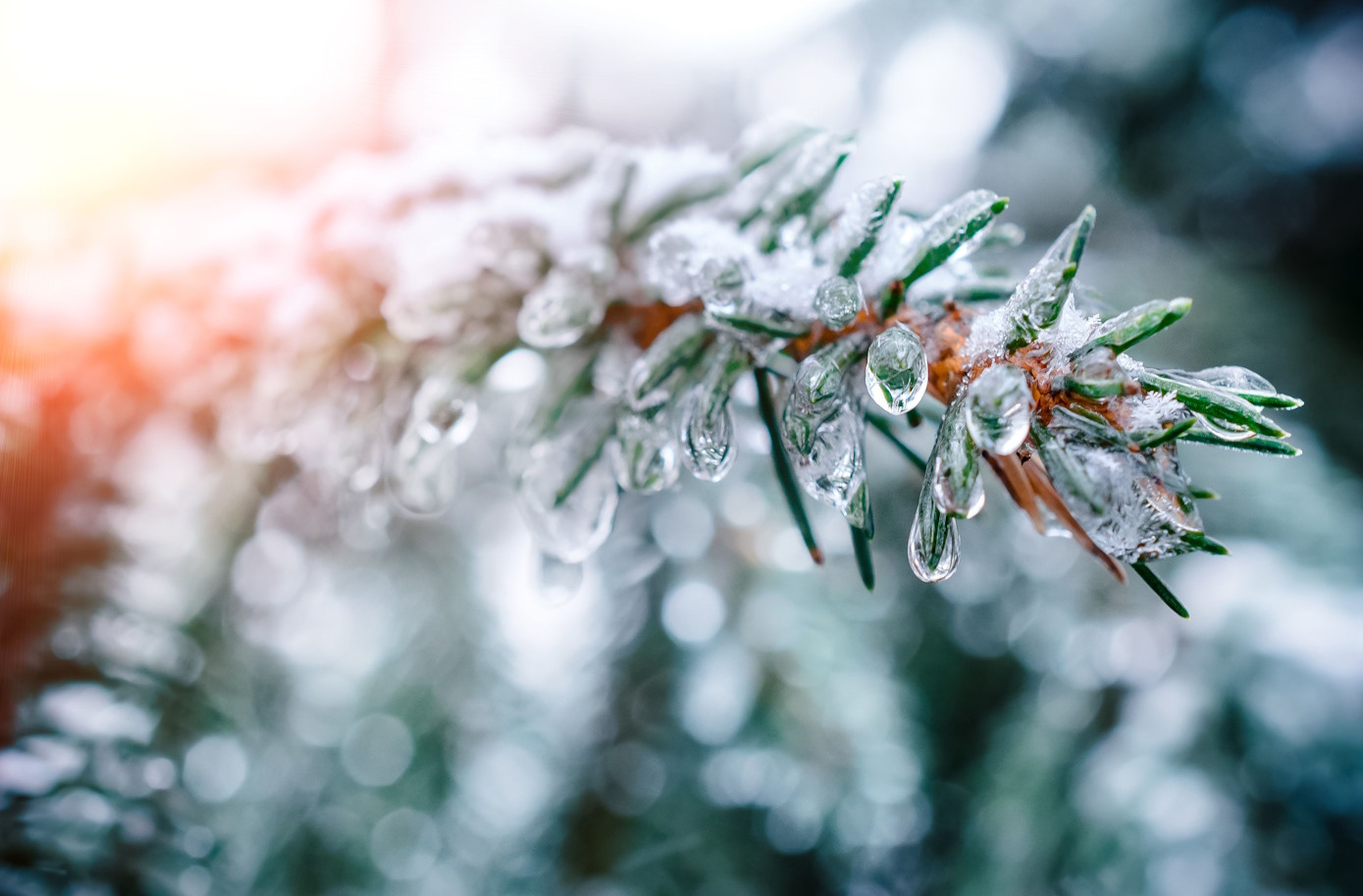Anyone that lives in Texas knows just how adored pecans are in the Lone Star State.
Even if you visited Texas, chances are you found an abundance of fresh, locally produced pecans during your stay.
Texas provides the ideal conditions for pecan trees, as evidenced by the fact we’re the largest producer of pecans in the US – more than 250 million pounds of pecans are grown in Texas annually!
Furthermore, the US is also the leading exporter of pecans in the world, most of which were grown right here in Texas!
Our love affair with the pecan tree is nothing new. Officially adopted as our state tree in 1919, the pecan tree is synonymous with Texas, being a mainstay on landscapes up and down the state.
Known for their delicious nuts, pecan trees also provide us with welcome shade from the searing summer heat, with mature trees reaching upwards of 150ft in height!
The History of the Pecan Tree in Texas
Why exactly is the pecan tree so synonymous with Texas? Let’s take a closer look at the colorful history of the beloved pecan tree to see how it has become such a beloved part of our state’s culture:
Prehistoric Origins of the Pecan Tree
A type of hickory tree, the pecan tree is native to southcentral and southeastern areas of the US. While it was made the state tree in 1919, the pecan tree’s history goes much further back – all the way to prehistoric times!
Fossils indicate that the pecan tree has been native to our region since the prehistoric era, growing long before any humans were around.
Named By Native Americans, Spread by European Settlers
Native Americans first discovered the pecan tree here in Texas, which they named “hard-shelled nut” in the Algonquian language.
These early pecans were harvested by hand or picked from the ground after falling naturally, where their hard shell was smashed open with rocks.
In the mid-16th century, European settlers discovered the native pecan trees here in Texas, providing intrepid adventures with subsistence as they explored the new world.
Several hundred years later, fur trappers began collecting pecans found along the streams throughout the southern US. The pecans were sent back to major towns and cities, helping to increase their popularity in the early days of the US.
Texas Discovers the Value of the Pecan
Early Texan settlers also made use of the pecan trees, exporting the nuts in large volumes by the 1850s. Unfortunately, these settlers also cut down huge swathes of pecan trees for timber and farming land, almost leading to their extinction.
Thankfully, by the early 1900s, Texas understood the true value of exporting pecans. New pecan trees were planted in massive groves throughout the state, with pecan exports reaching almost 6 million by 1910.
How Pecan Tree Became the State Tree of Texas
It is believed that the idea of adopting the pecan as the state tree of Texas originates with the former Governor James Hogg. His love for the pecan tree was so strong that he requested one be planted at his grave.
By 1919 the pecan tree was named the official state tree of Texas.
Understanding the Modern Pecan Tree – Types, Growing Habits, and Regulations
Modern pecan trees decorate much of the Texas landscape. Let’s take a closer look at our modern pecan trees here in Texas:
There are Over 1,000 Types of Pecan Tree
Did you know that there are over 1,000 types of pecan trees? Many of these are natural while others are a result of breeding different species over the years.
However, while there are hundreds of different pecan trees, a lot fewer are suitable for growing here in Texas. For example, there are only 18 species of pecan that are best suited for growing in Texas, such as the Choctaw, Caddo, and Kiowa.
So, if you’re thinking of planting a pecan tree in Texas, make sure to choose a species that is suitable for the region!
Pecan Crops Vary from Year to Year
Pecan crop volume can vary significantly from each year.
Some years, a pecan tree produces a bountiful harvest of fruit, while other years the crops are sparse. The reason for this is due to alternative bearing.
Alternative bearing refers to trees that produce fruit over a two-year cycle. These trees produce a large crop one year, followed by far less the next year.
Pecans are especially prone to alternative bearing for a few reasons.
For instance, pecans take a long time to fully grow, maturing late in the growing season. Because they mature late, the tree has less time to store carbohydrates before leaves fall, resulting in less energy stored for the next year.
Additionally, pecan nuts contain lipids that require a lot of energy to grow. As a result of these factors, most pecan trees lack enough energy to provide large crop yields every year.
Pecan Trees are Protected Under Heritage Tree Regulations
Certain pecan trees are considered heritage trees under Texas legislation.
These trees are protected by state law due to their age, rarity, and historical significance, so have strict requirements regarding their removal.
All pecan trees measuring over 24 inches in diameter are classified as heritage trees.
Therefore, any pecan tree that meets this requirement cannot be removed from the landscape without an appropriate permit. To obtain a permit, you need to contact a professional tree company that can complete an inspection to determine its suitability for removal.
If it’s deemed suitable for removal, the arborist must then obtain a permit from the city.
There are situations where a pecan tree might need to be removed. For instance, if it’s dead, dying, diseased, or is hazardous to a property or person.
Thankfully, their status as heritage trees ensures that pecan trees are protected against unnecessary removal.







